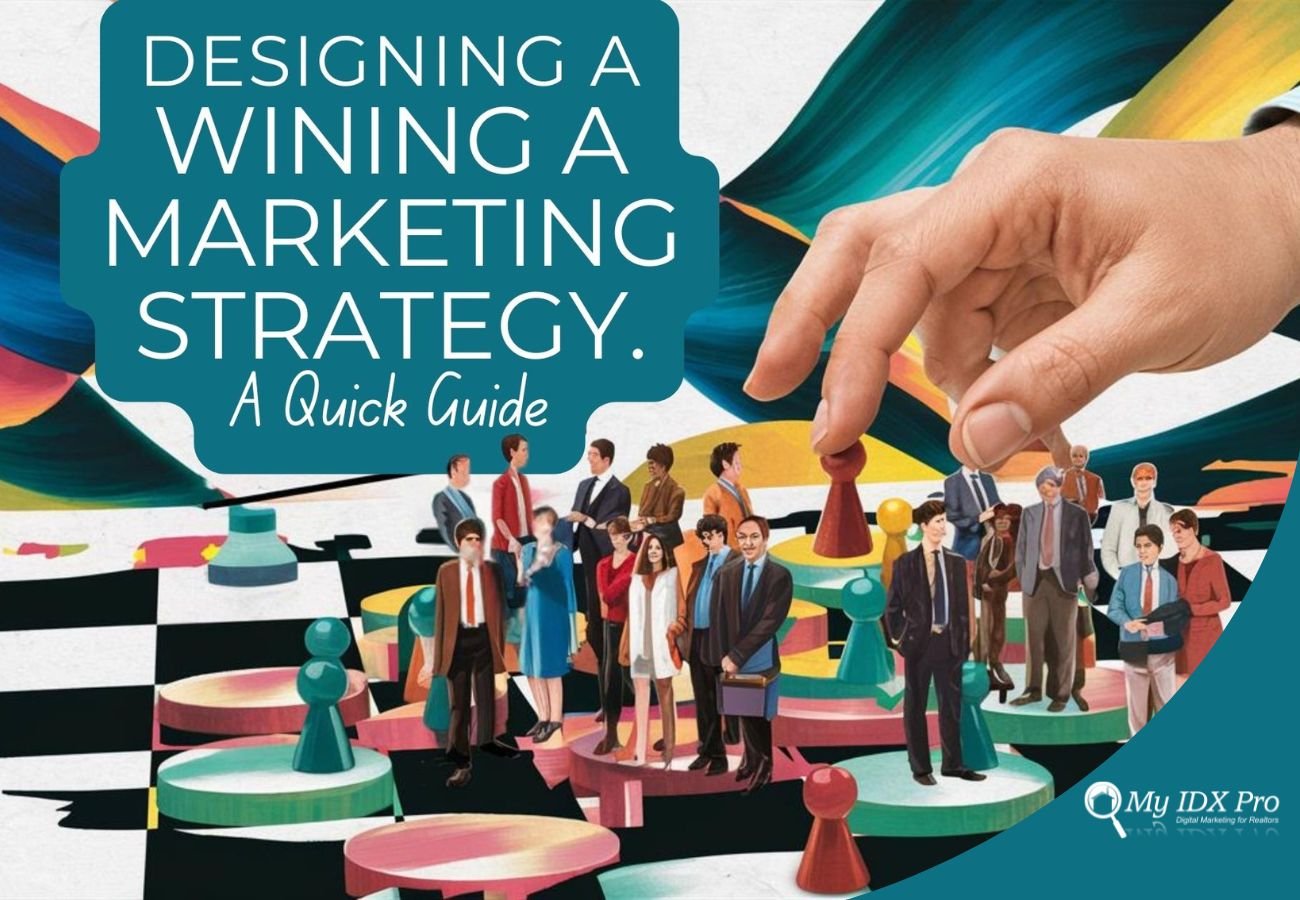

How Virtual Tours Are Revolutionizing Real Estate Showcases
Imagine touring your dream home in your pajamas—no traffic, no scheduling hassles, no pressure. Sounds futuristic? Not anymore. Virtual tours

Do you regularly assess your team’s marketing strategy? It’s crucial for maintaining order and setting a clear budget for projects, hiring, and outsourcing throughout the year. Without an annual marketing plan, things can become chaotic.
To simplify the creation of your marketing plan, we’ve compiled a guide on what to include and free templates to facilitate the process.
Let’s delve into the steps for creating a robust marketing plan and explore the key components of a high-level marketing strategy.
1. Company Overview
The business summary in your marketing plan provides essential details about your organization, such as the company name, headquarters, and mission statement. This information ensures that all stakeholders, including direct reports, understand your company comprehensively before diving into strategic planning.
2. SWOT Analysis
In your business summary, include a SWOT analysis to identify strengths, weaknesses, opportunities, and threats. This analysis informs targeted strategies to capitalize on strengths and address weaknesses, requiring patience, market research, and competitive analysis for accuracy.
3. Marketing Initiatives
The business initiatives section focuses on marketing-specific goals, detailing projects and their measurable objectives. Each initiative should adhere to the SMART criteria—specific, measurable, attainable, relevant, and time-bound.
4. Customer Analysis
This section can present data collected during market research, offer insights into the industry you target, and create a detailed buyer persona.
5. Competitor Analysis
Incorporate a competitive analysis to understand your competition’s strengths, weaknesses, and potential gaps to fill, covering aspects like positioning, market share, offerings, and pricing.
6. Market Strategy
Leverage insights from the SWOT analysis, competitive analysis, and general market research to develop a targeted market strategy. Consider the “seven Ps of marketing” for a comprehensive approach.
7. Budgeting
Clarify the budget allocated to pursue marketing initiatives and goals. Itemize expenses, including outsourcing costs, software, paid promotions, and events. Maintain a separate document or Excel sheet for more effective budget calculations.
8. Marketing Channels
List the marketing channels you’ll utilize to publish content, generate leads, and raise brand awareness. Map out social networks, their purposes, and metrics for success.
9. Marketing Technology
Provide an overview of the tools in your marketing technology stack, connecting each tool to the goals outlined in previous sections. Showcasing their potential return on investment (ROI) justifies the investment.
Ready to supercharge your marketing strategy? Don’t wait to take your business to the next level. Contact us today to craft a winning strategy tailored to your unique needs. Our experts are here to help you every step of the way.

Imagine touring your dream home in your pajamas—no traffic, no scheduling hassles, no pressure. Sounds futuristic? Not anymore. Virtual tours

In the fast-moving world of real estate, timing and personalization are everything. Whether you’re nurturing leads, staying in touch with

Get a Fully Optimized Real Estate Website No Setup Fee for St. Patrick’s Day!

